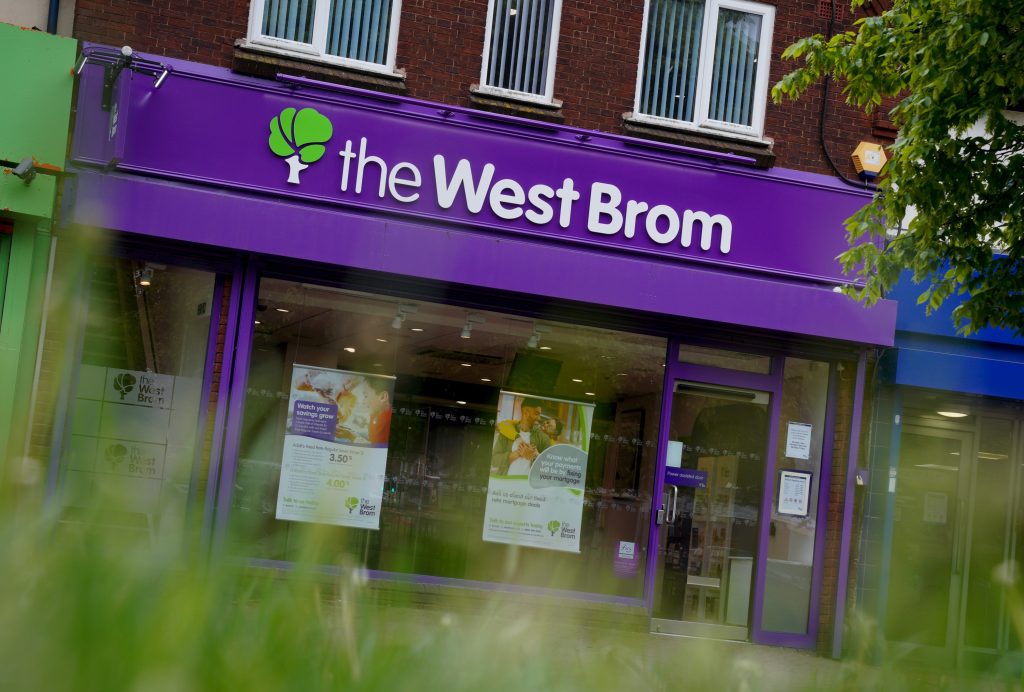
Ahmed Michla,Head of Marketing and Communications,Ohpen
Recently, Yahoo Finance reported that, due to the Covid-19 pandemic and the impact of the Russia-Ukraine War, the global market for Software as a Service (SaaS) is now estimated at $96.76bn. This is projected to reach $234.9bn by 2028 – a compound annual growth rate of 15.9% during the forecast period 2022 to 2028.
In the context of global analysis, of course, UK mortgage lending might appear a relatively insignificant market. However, the growth rate in the UK underlines the demand for a new business model for banking platforms that deliver the security, agility and robustness required of a modern operating environment. Something too often unavailable on older software that is ran on even older infrastructure.
But what is really transformative and underlines, in my opinion, the rapid growth in demand for SaaS solutions is that the on-demand consumption model has massively altered the IT landscape for smaller businesses and lenders who are rapidly adopting SaaS as they seek to benefit from its cost-effectiveness, accessibility, and scalability.
One of its biggest benefits is its flexibility, which enables organisations with smaller budgets to side-step huge infrastructure costs, both in terms of initial capital outlay and ongoing service and maintenance costs.
Businesses simply pay for the solutions and services they need, enabling them to leverage software that might otherwise have an expensive licencing model. But just as important is the fact that an SaaS operating model changes the nature of a commercial relationship going forward.
It aligns interests as the IT supplier is incentivised in a SaaS model to continue to invest in things that drive more business to the lender – and therefore revenue to both parties. The old licence model typically incentivised the value on launch (with the upfront licence) – but then you pay more if you want new functionality.
Of course, not everyone will grasp this and some people will see the opportunity to ‘lift and shift’ – the process of rehosting applications and their data from one IT environment to another – and save money as just that.
But that is to misunderstand the real value available to lenders in a mortgage market where new propositions are lining up to come to market with products that challenge the model we have known for so long. Long-term fixed rates with no early repayment charges are just one example.
But it goes further than bringing new propositions online. They have to evolve quickly. Businesses are looking to do more with less in a bid to become lean agile companies that operate efficiently to deliver innovation and world-class operational models. SaaS is a fundamental component of that change.
Given the change in operating circumstances in the UK mortgage industry, it is perhaps unsurprising that interest in agile affordable SaaS services is so high on the boardroom agenda.
SaaS solutions offer interoperability that increases access to all sorts of other innovations and means businesses are not beholden to one supplier to finally deliver what is needed. The cloud environment is itself one of the most innovative environments for new solutions anywhere.
My own view is that, in keeping with the benefits of cloud native solutions, flexible, agile, secure, and resilient will become essential components of every lender’s IT infrastructure.
The barriers to entry for innovating are being removed. Lenders that are visionary enough to understand how to harness the opportunities this offers will emerge the winners.
Ahmed Michla,
Head of Marketing and Communications,
Ohpen



